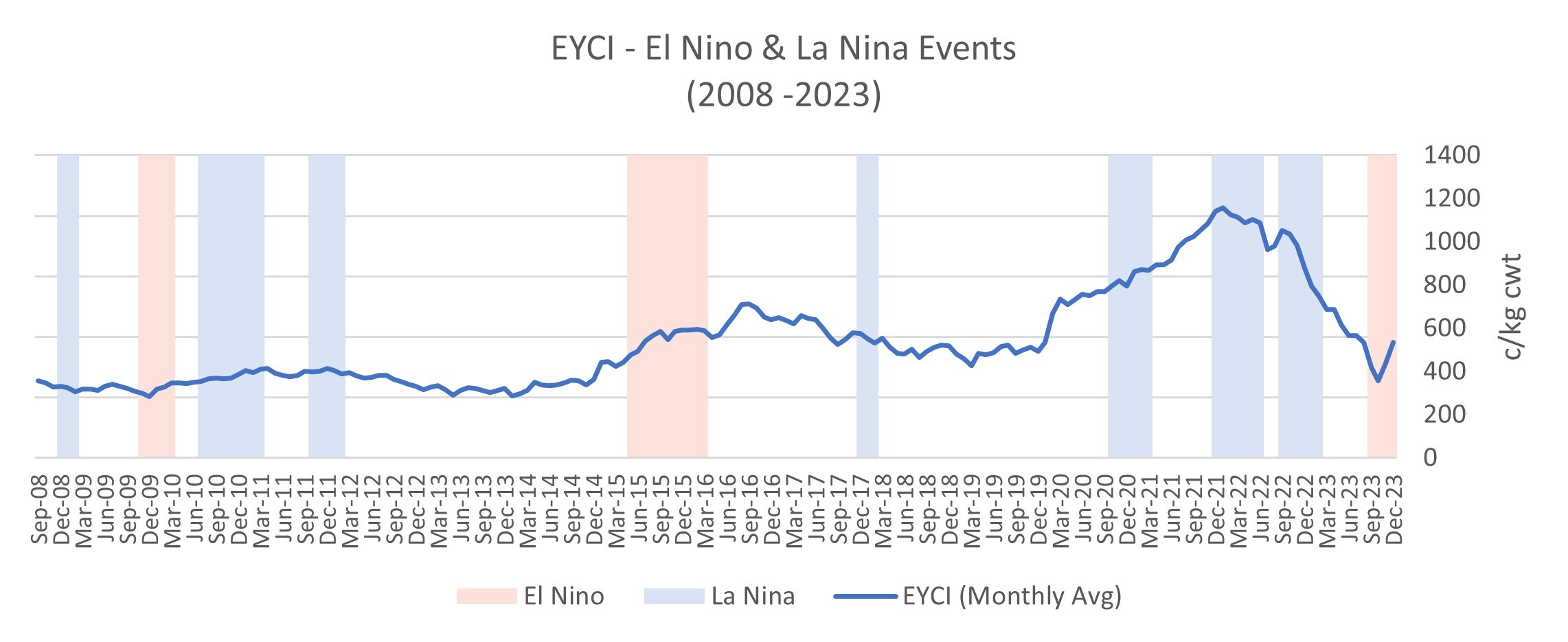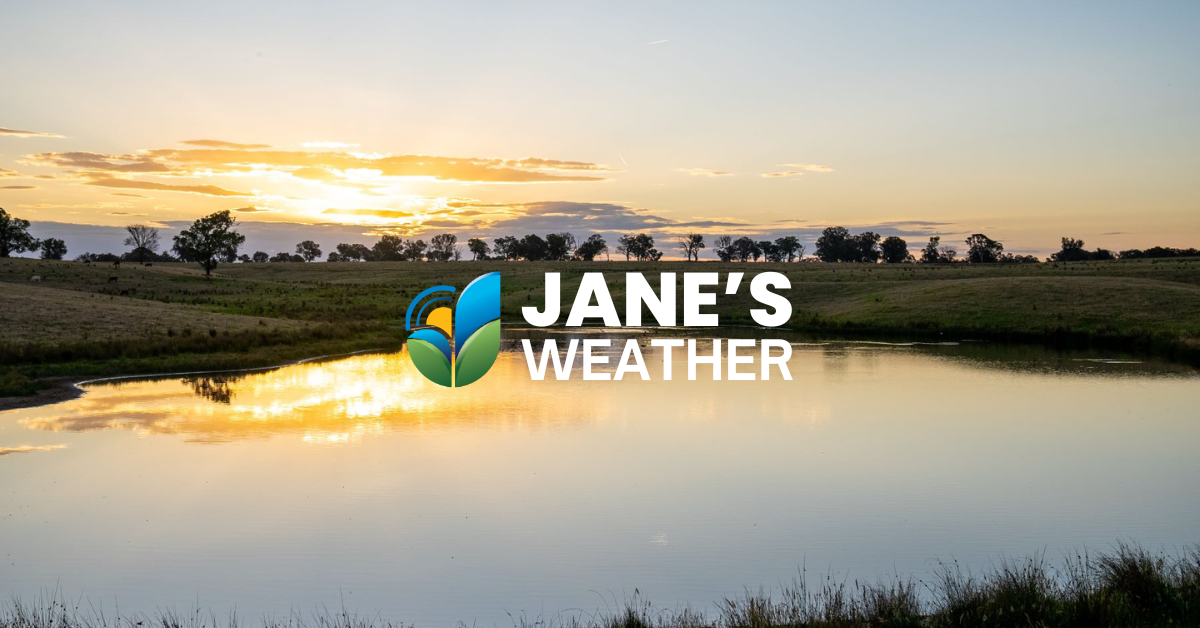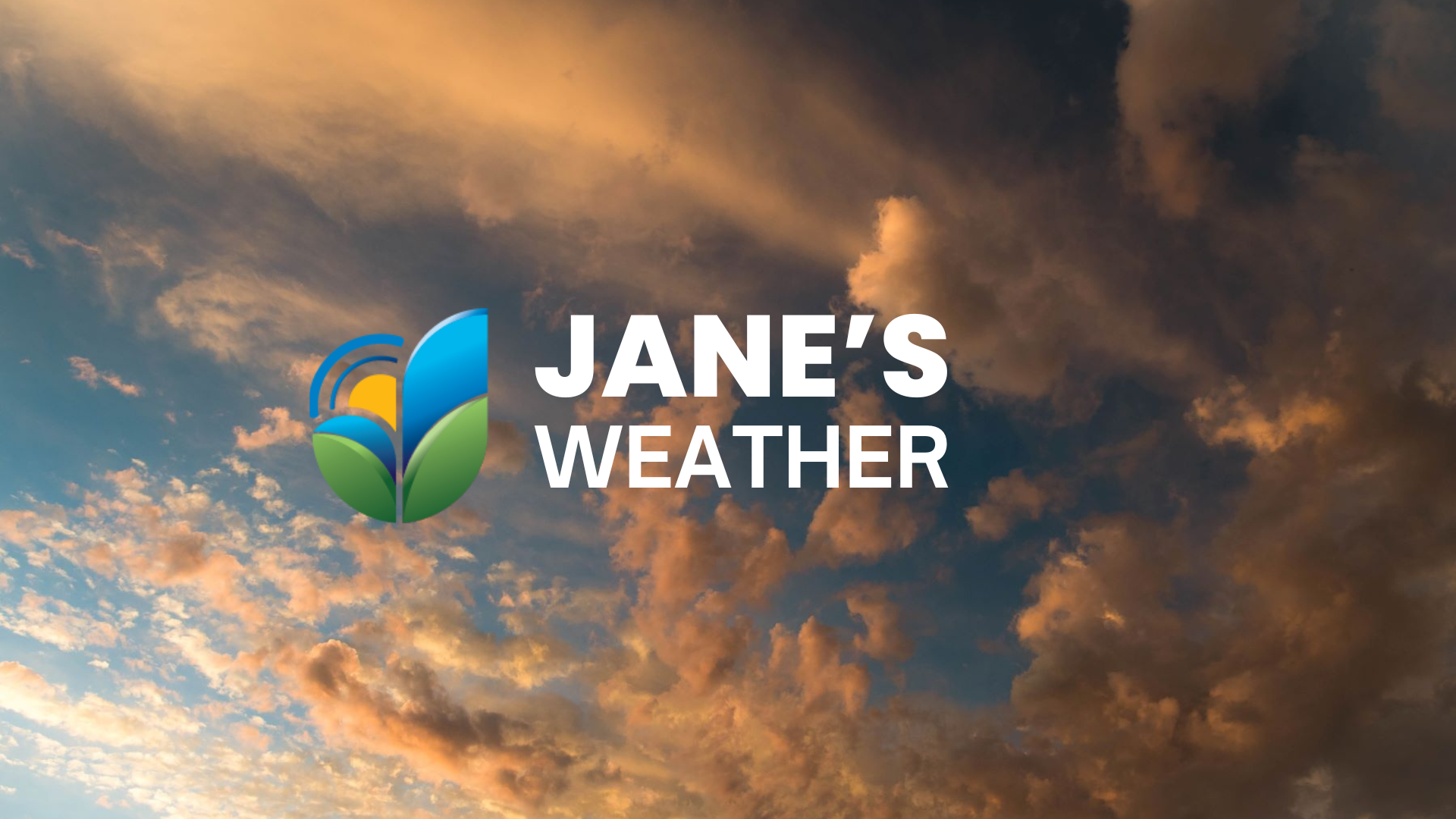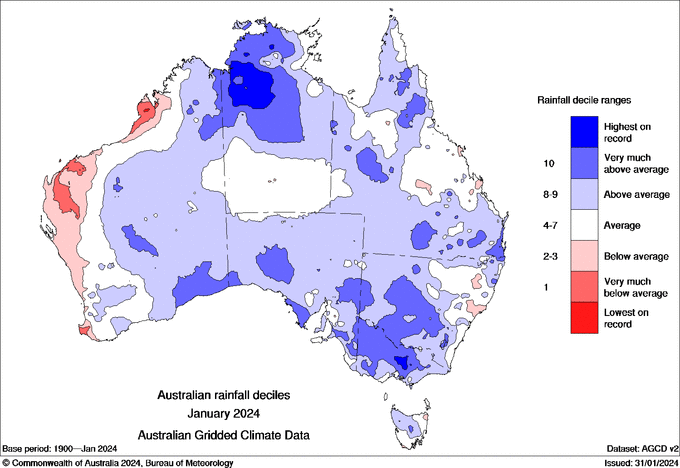Mixed outlook as we head into Christmas
We have a brief burst of heat in the southeast, followed by showers and storms to the east of the trough which brings a cool change.
January was one of the wettest months on record, with rainfall 47% above the Bureau of Meteorology's average.
According the BOM's latest drought report, January 2024 was the ninth wettest since records began in 1900.
The long-range forecast, however, released on 1 February indicates that, "except for northern Queensland and parts of southern New South Wales, February rainfall is likely to be below median for most of Australia."
February to April rainfall is likely to be below median for most of Australia with the exception of parts of south-eastern Western Australia and areas in southern New South Wales and northern Victoria.
January's rainfall deciles map shows that almost every part of the country, with the exception the northeast corner of NSW and the West Australian coast average or above average rainfall, with a large number regions recording 'very much above average' rainfall.
The drought report comes as the BOM is in the firing line over releasing an El Niño forecast in September, prompting many farmers to reduce their livestock to avoid the drier conditions. The broad-based selling had a catastrophic impact on prices.

READ MORE: El Niño – How has it impacted cattle prices?
Last week, a number of global forecasters suggested that a wetter La Niña might be a possible event.
READ MORE: Jane Bunn: Models are hinting at La Niña but that’s just one piece of the puzzle
Posts By Tag

We have a brief burst of heat in the southeast, followed by showers and storms to the east of the trough which brings a cool change.

We've moved into a phase of weather with limited connection to tropical moisture, an ending Negative Indian Ocean Dipole, and a weak La Nina - so...

The leftover moisture from Cyclone Fina is meeting up with a trough over the centre of the country and it is set to spread significant rain...
